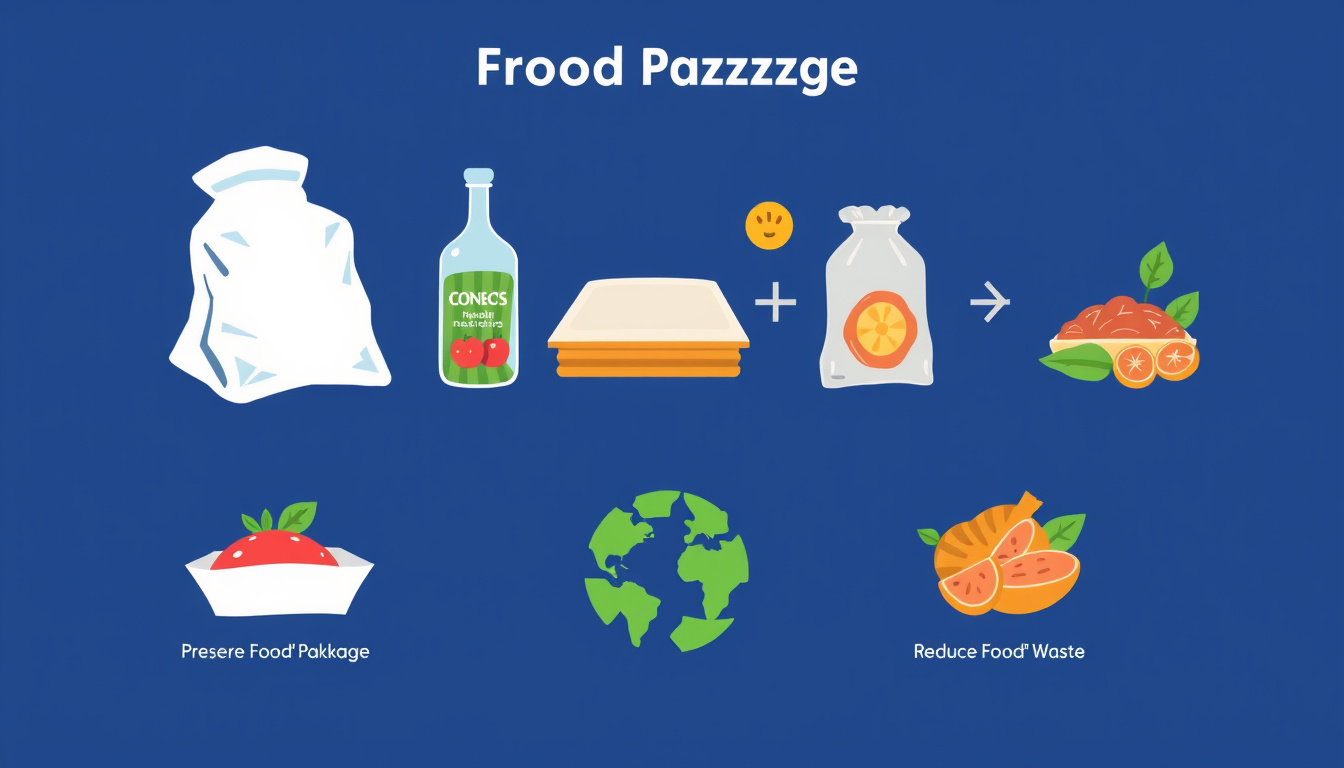When it comes to freezing food, one common mistake that many people make is keeping it in its original packaging. While this may seem convenient, it can lead to several issues that compromise the quality of your food and jeopardize food safety. Understanding why it’s essential to repackage foods before freezing them will not only enhance your culinary experiences but also promote better food preservation practices.
The Risks of Freezing in Original Packaging
-
Material Incompatibility:
Most food items purchased from grocery stores come in packaging that is designed for short-term use, such as plastic trays wrapped in film or thin plastic bags. These materials are often permeable, allowing air to enter, which can lead to freezer burn. Freezer burn occurs when moisture is lost from the food, resulting in dry spots and a greyish color. This change not only affects the appearance but also the flavor and texture of the meat or other food items. -
Compromised Quality:
Freezing foods in their original packaging can lead to significant degradation in quality over time. The plastic wrap used in many grocery store packages is not meant for long-term storage. Once exposed to the cold air of the freezer, the food can lose its moisture, leading to bland and grainy textures. By repackaging foods into more suitable airtight containers, you extend the shelf life and maintain the integrity of the food. -
Increased Risk of Contamination:
When foods are left in their original packaging, there is a higher chance of contamination through air exposure. Bacteria can be more easily transferred to food that is not sealed properly. Repackaging meat or other perishables can help create a barrier, keeping contaminants at bay.
Best Practices for Freezing Food

To ensure optimal storage conditions and food safety, consider the following tips:
1. Use Airtight Containers or Bags
Invest in high-quality resealable freezer bags or airtight containers designed specifically for freezing. These options prevent air exposure and help maintain the food’s moisture and flavor during storage.
2. Overwrap Original Packaging
If you prefer not to completely transfer food items, a good alternative is to use overwrapping. Wrap the original packaging in heavy-duty aluminum foil or place it inside a freezer bag, removing as much air as possible. This method offers an extra layer of protection against freezer burn.
3. Label and Date Packages
Always label your containers with the contents and date of freezing. This practice allows you to keep track of storage times and rotate your food, ensuring you use older items first and minimize waste.
4. Thawing Safer
The method you choose for thawing can be as critical as the freezing process itself. The safest way to thaw food is to move it from the freezer to the refrigerator for several hours or overnight. This slow thawing method prevents bacterial growth and keeps meat at safe temperatures.
5. Plan Ahead
When buying in bulk, consider freezing in smaller portions. This approach allows you to only thaw what you need, reducing the risk of wasting food.
Conclusion
Freezing foods in their original packaging might save time initially, but the long-term consequences far outweigh the convenience. By taking the time to repackage food properly, you can preserve its quality, enhance safety, and reduce food waste. Following these essential tips not only provides better meals but also fosters a more sustainable approach to food storage. Remember, your food deserves as much care in storage as it does in preparation.
>> Chest Freezer Reviews <<
>> Upright Freezer Reviews <<

